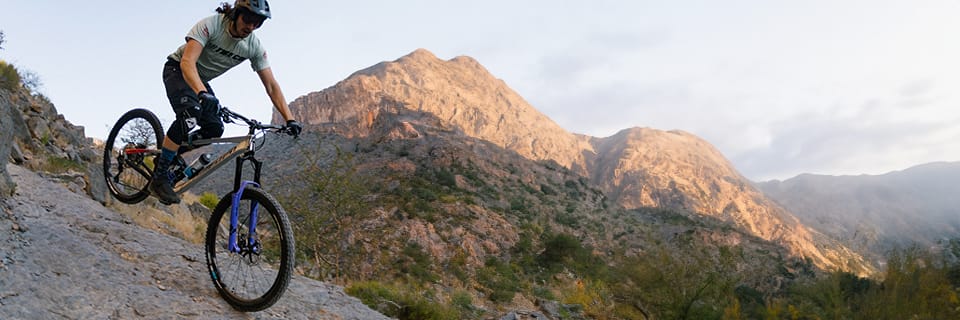DH and Freeride are the most extreme forms of mountain biking, requiring not only a good dose of madness and adrenalin, but also a very specific bike capable of withstanding the enormous stresses of landing ever bigger jumps, while allowing precise, ultra-fast steering. Here's what you need to know to make the right choice full-suspension mountain bike.
What are DH and Freeride?
The most committed discipline in MOUNTAIN BIKINGDownhill (DH) is certainly the most confidential discipline in terms of the commitment and technical level required. As short as it is explosive (around 3 minutes), it's also ultra-specific, requiring you to tame steep slopes dotted with big jumps and a series of very tight turns. bike bike.
WHICH FRAME IS RIGHT FOR ME?
Of course, a specific riding style calls for a specific frame, with a recognizable geometry entirely designed to deliver the maximum possible travel, maximum steering precision and high-speed stability, with very short chainstays and an open rake angle of around 65/63°.
In terms of materials, the vast majority of models are made of aluminum to withstand the physical stresses of landing the huge jumps involved. The top-of-the-range models - reserved for competitors on the hunt for the smallest second - still use carbon, although the most common solution is to combine a carbon front triangle for liveliness and an aluminum rear triangle for sturdiness.
With regard to mountain bike wheelsall solutions are possible. The 26", which until recently was the norm for this type of riding, has all but disappeared in favour of the 27.5", which is highly acclaimed for its excellent compromise between the responsive nature of the 26" and the ease of use of the 29". It should be noted, however, that under the impetus of certain pro riders, the 29" is now the most popular format, thanks to new geometries. It's all a question of taste, as well as the rider's size: a 29" can be advantageous for riders over 1.70 m tall.
WITH WHAT EQUIPMENT?
In addition to a fork/shock absorber unit capable of withstanding the toughest shocks with 200 or even 220 mm of travel, the other component to be considered with the utmost care will obviously be the MTB disc brakes. They should be at least 180/200 mm in diameter and, if possible, ventilated to prevent overheating, with four-piston calipers for maximum bite and metal pads that are more resistant to high temperatures, guaranteeing effective braking all the way downhill.
Finally, your choice of tires will greatly influence the quality of your riding. Whatever the terrain (wet, dry, stony), opt for a wide tire (at least 2.40" cross-section), with thick studs especially on the sides to ensure maximum grip when braking and cornering, and a relatively soft rubber compound (especially at the front) to stick to the terrain and absorb shocks effectively.
